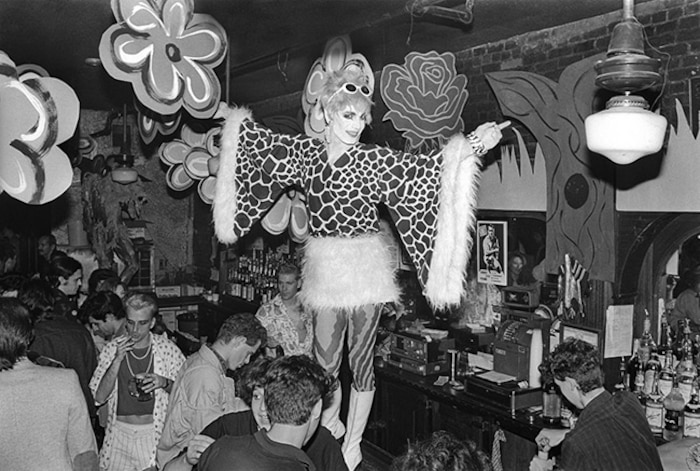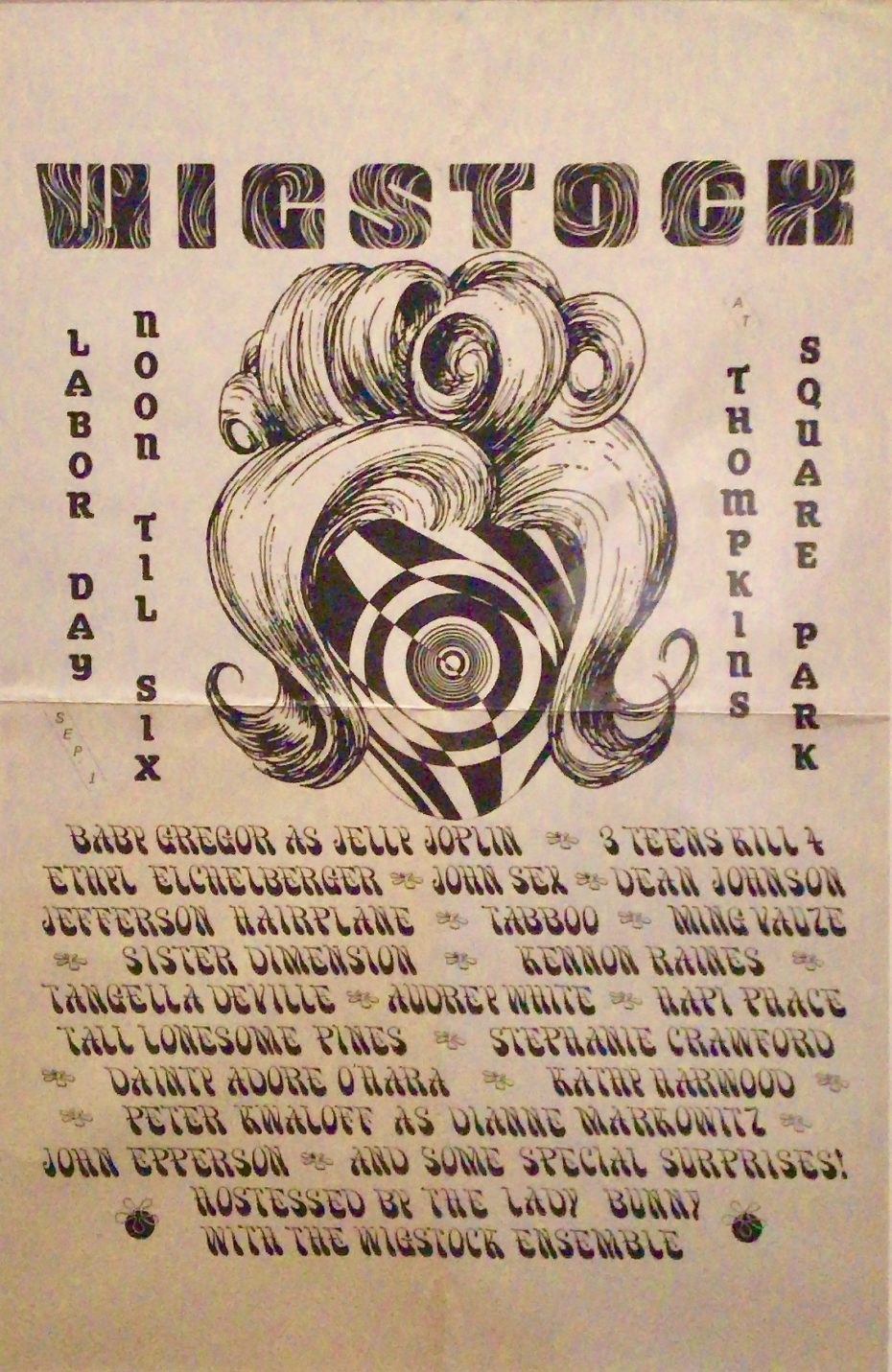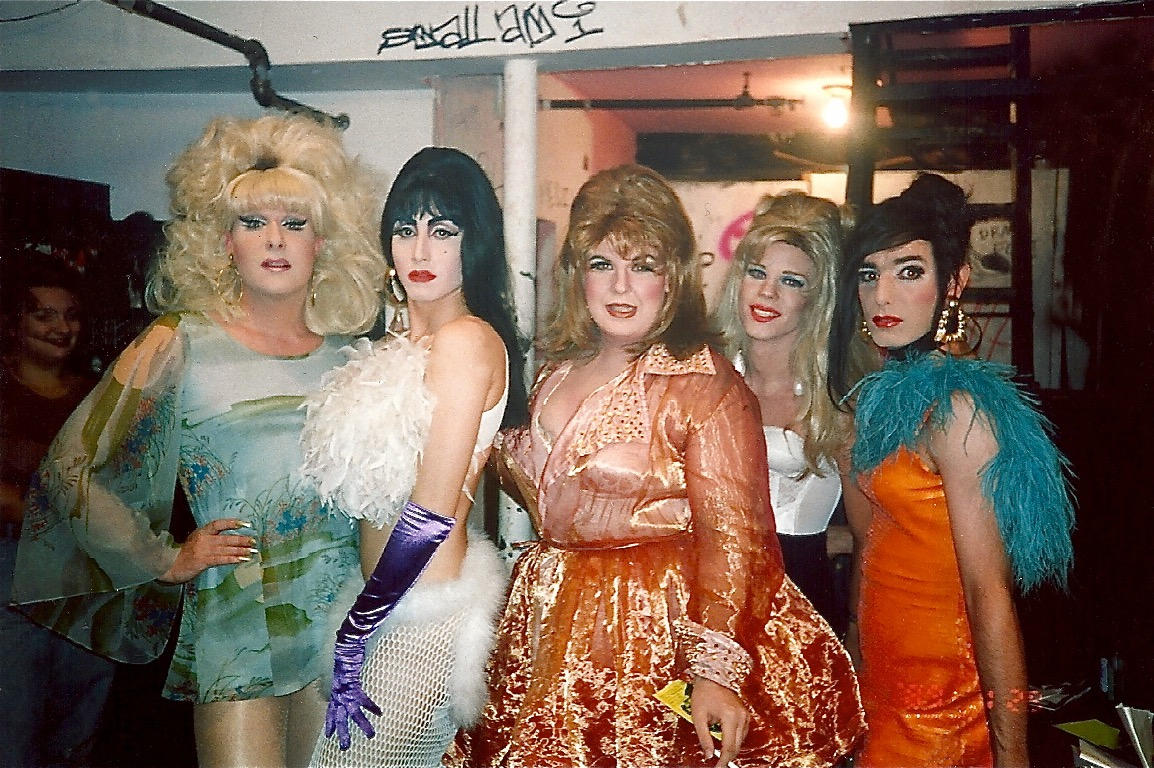Drag History: The Pyramid Club
New York City has long been a hotbed of artistic expression and a haven for diverse communities, including the vibrant drag queen culture. One name stands out among the iconic venues that have played a pivotal role in shaping the city’s drag scene: The Pyramid Club. In this blog post, we’ll delve into the club’s rich history and explore its profound impact on drag queen culture in the Big Apple.
The Birth of a Legend
Located in the East Village neighborhood, The Pyramid Club opened its doors in 1979. It quickly established itself as a mecca for alternative art, music, and self-expression. The club emerged during the peak of the downtown Manhattan counterculture movement. It provided a platform for performers, musicians, and artists from diverse backgrounds to showcase their talents.
The Drag Scene Takes Center Stage

In the early 1980s, The Pyramid Club became synonymous with the burgeoning drag queen culture in NYC. It became a creative playground for drag performers, where they could freely express themselves and challenge societal norms. Drag queens such as Lady Bunny, RuPaul, and Lypsinka graced The Pyramid’s stage, captivating audiences with their larger-than-life personas, razor-sharp wit, and jaw-dropping performances.
The Pyramid Club’s Influence

As the epicenter of drag queen culture, The Pyramid Club fostered a sense of community and acceptance. It provided a safe space for drag artists to experiment, collaborate, and push boundaries. It ultimately helped shaped the evolution of drag as an art form. The club’s influence extended beyond its walls as its performers went on to make significant contributions to the world of drag and entertainment on a global scale.
Iconic Drag Nights and Parties

The Pyramid Club was renowned for its legendary drag nights and parties, which attracted a diverse and enthusiastic crowd. One of the most famous events was the “Wigstock” festival. Wigstock is an annual outdoor drag celebration that originated there in the 1980s. Wigstock brought together drag performers, artists, and enthusiasts in an explosion of color, creativity, and empowerment.
A Lasting Legacy

While The Pyramid Club faced challenges over the years. A fire in 1987 and changing neighborhood dynamics to name a few. Its impact on drag queen culture cannot be overstated. It served as a catalyst for the mainstream acceptance of drag as an art form. It paved the way for future generations of drag performers. The spirit of the club lives on in the countless drag shows, festivals, and events that continue to thrive in NYC and beyond.
Gone, But Never Forgotten

The Pyramid Club holds a significant place in the history of drag queen culture in New York City. Through its unwavering support and celebration of self-expression, the club became an incubator for talent, fostering a community that revolutionized the world of drag. Its influence continues to resonate today, as drag queens around the world draw inspiration from the performers who graced The club’s stage. As we celebrate the milestones and achievements of the drag community, we must recognize the vital role played by iconic venues like The Pyramid Club in shaping the vibrant and empowering drag queen culture we know and love today.